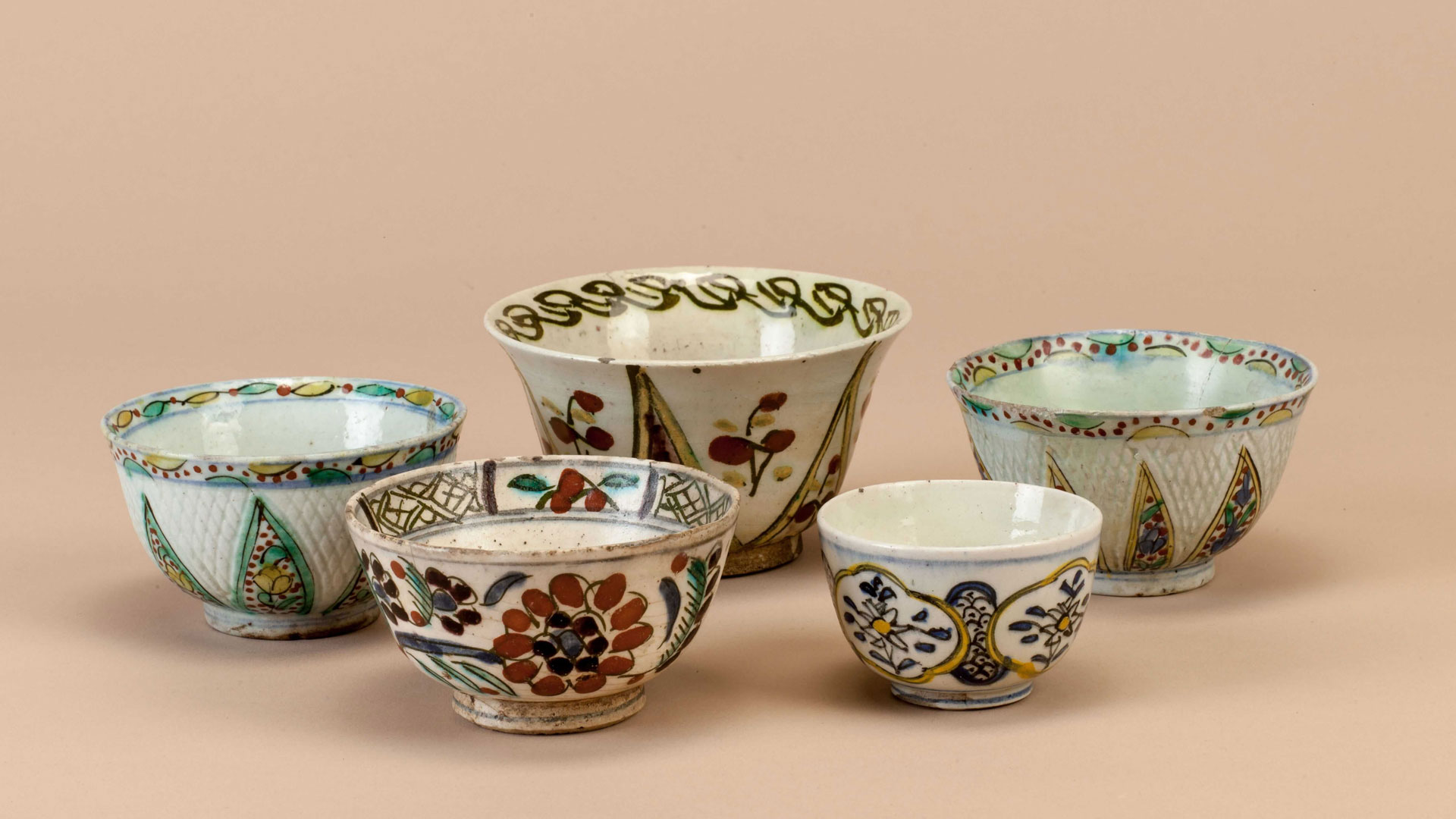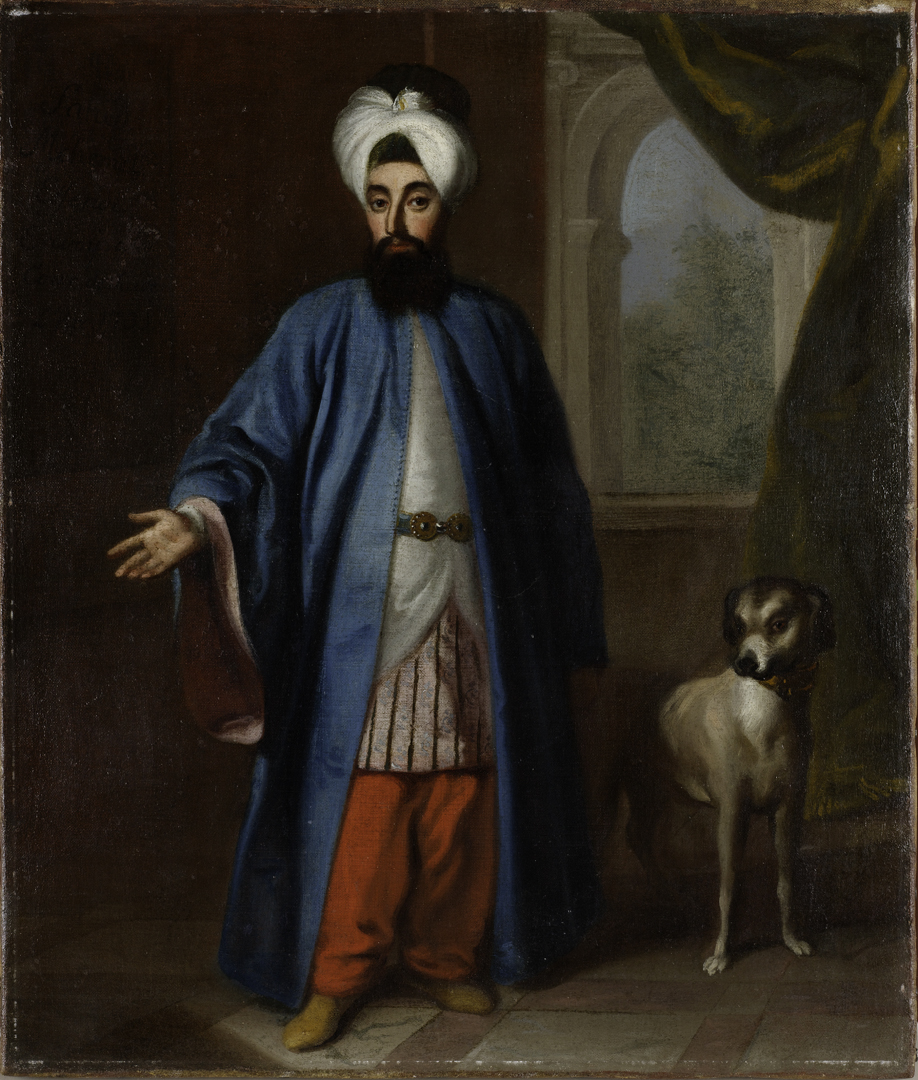Speech
February 21, 2020 / 18:30
Pera Museum invites you to explore other areas where electronic music interacts with its talk and performance series titled “Electronic Bridges”!
"Electronic Bridges," a collaboration with the Istanbul-based music collective ÆVOM, focuses on various issues and areas that electronic music fosters and interacts with, including technology, literature, cinema, the environment, psychology, sociology, computer games, politics, urban transformation, nature, and philosophy. In the February event of the series, Sühan Gürer and İz (Elifnaz Koçak) will introduce the Islamic face of electronic music to music lovers.
Alternative is a frequently used word today, and music is also affected by this. One of the few names within the broad spectrum of music that truly deserves this description is Muslimgauze, a figure of alternative and dissident nature in every sense. Following a talk exploring how Muslimgauze's experimental musical life, which began with a naive outburst, evolved into a project that voiced the problems and injustices of the Muslim world at the time, İz (Elifnaz Koçak), a prominent figure in the local scene, takes his place in the DJ booth.
18:30 Speech
20:00 Performance
The talk, held at the Pera Museum Auditorium, is free. Reservations are not accepted; seats are limited. The talk is in Turkish.
Sühan Gürer began his music writing career in 1997 through fanzines. In 2000, he began publishing articles and interviews in Trendsetter magazine, worked as a programmer on Dinamo FM, then as a writer for LiveIndigo magazine in 2002, and for Bag Kağıt and Babylonist magazines in 2003. Due to his busy schedule, he later focused on his blog (Proodos) and the website (Dinleme Parkı), which shares the same name as his radio program. He ceased writing regularly in 2013.
What is ÆVOM?
ÆVOM is a borderless and unaffiliated collective founded in Istanbul, which organizes cultural, artistic and musical events in various venues.
Discover

Pera Film is presenting a series of articles with 5Harfliler as part of its Gold Medal: Women in Sports program. 5Harfliler, which describes itself as "an independent website pursuing a women's agenda," is reviewing the Venus and Serena documentary in their second article. This second article in the series is written by Bawer Çakır!

In the harems of Ottoman palaces and mansions, coffee was served with ceremony. First, a dessert (jam) was served in a silver dessert set, followed by the coffee service. The coffee jug was placed on a stile made of tombac, silver, or brass, with a burning ember in the center, and carried by three chains attached to its edges. The stile cover was round, made of satin or velvet, and embroidered with gold, glitter, sequins, and even pearls and diamonds.

The story begins in 1709, when King Charles XII of Sweden sought refuge in the Ottoman Empire while fleeing from Tsar Peter of Russia. Sweden fell into debt to the Ottomans, and at the same time, the Ottomans made a strategic shift and began sending ambassadors to Europe. Barış Kıbrıs, our Orientalist Painting Collection manager, wrote this account, drawing on historical texts and embassy documents.
 By using our website, you consent to our use of cookies. You can review our cookie policy for more information .
By using our website, you consent to our use of cookies. You can review our cookie policy for more information .
Tuesday - Saturday 10:00 - 19:00
Friday 10:00 - 22:00
Sunday 12:00 - 18:00
Museum Monday
is closed on the day.
On Wednesdays, students visit the museum
can visit free of charge.
Full: 300 TL
Discounted: 150 TL
Group: 200 TL (group 10 tickets and above)